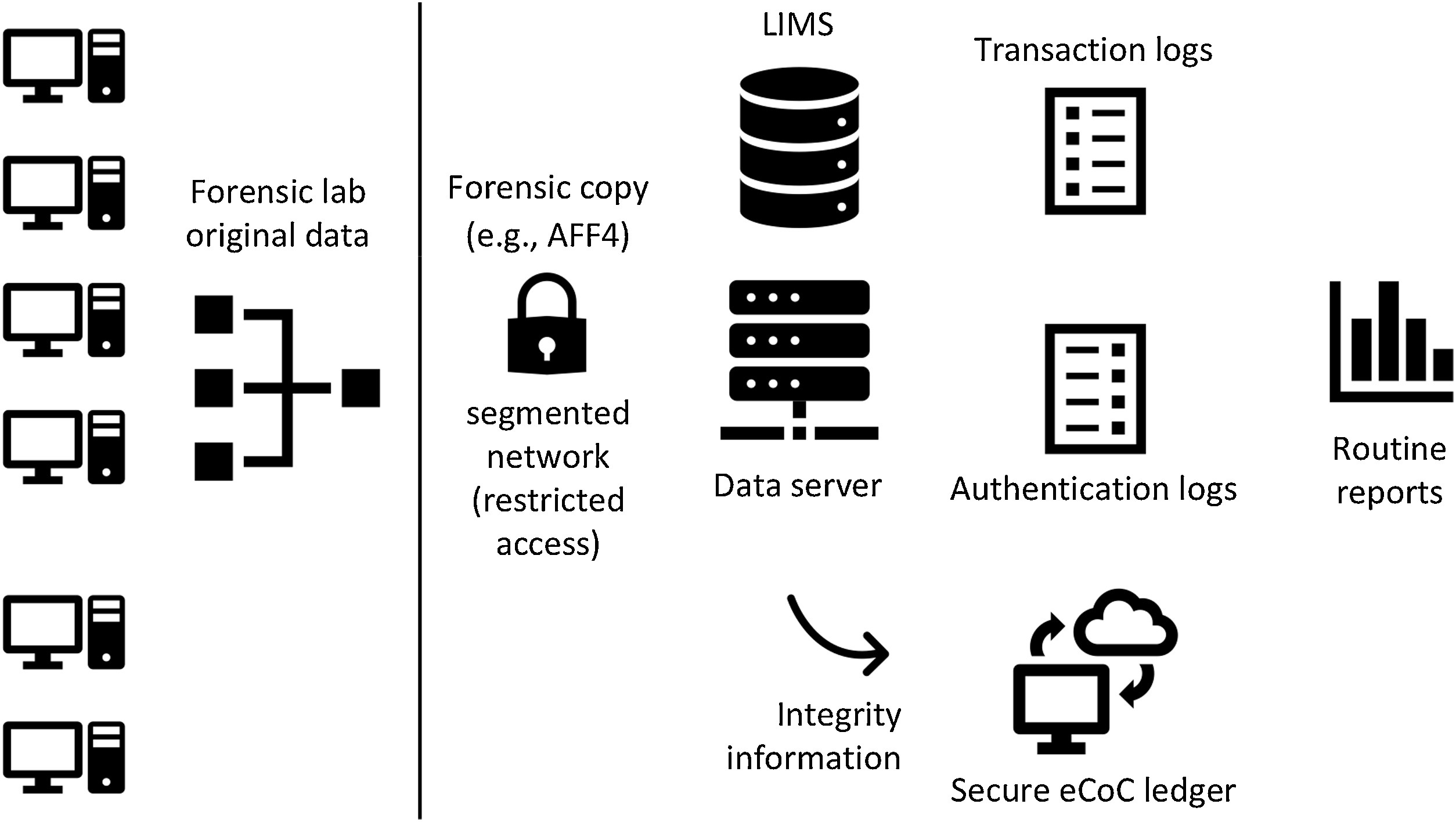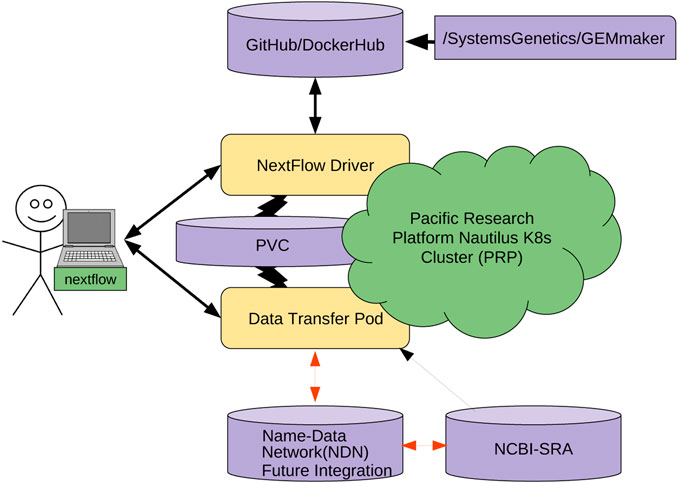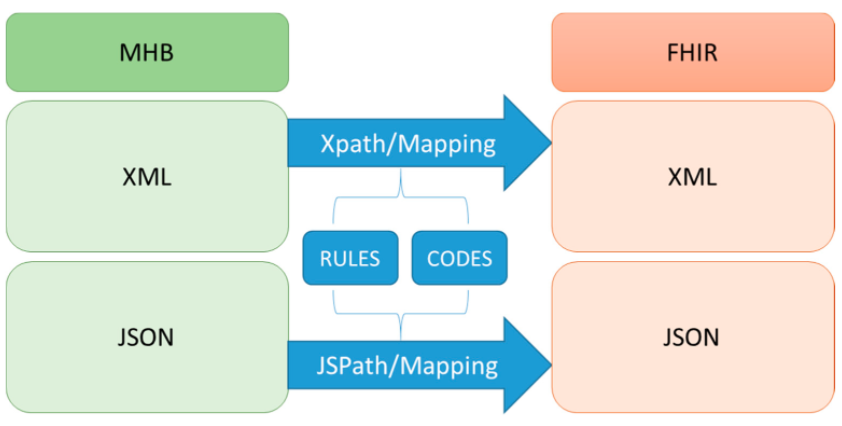Featured article of the week archive - 2022
Welcome to the LIMSwiki 2022 archive for the Featured Article of the Week.
Featured article of the week: January 17–23:"Digital transformation risk management in forensic science laboratories"
Technological advances are changing how forensic laboratories operate in all forensic disciplines, not only digital. Computers support workflow management and enable evidence analysis (physical and digital), while new technology enables previously unavailable forensic capabilities. Used properly, the integration of digital systems supports greater efficiency and reproducibility, and drives digital transformation of forensic laboratories. However, without the necessary preparations, these digital transformations can undermine the core principles and processes of forensic laboratories. Forensic preparedness concentrating on digital data reduces the cost and operational disruption of responding to various kinds of problems, including misplaced exhibits, allegations of employee misconduct, disclosure requirements, and information security breaches ... (Full article...)
Featured article of the week: January 10–16:
"Named data networking for genomics data management and integrated workflows"
Advanced imaging and DNA sequencing technologies now enable the diverse biology community to routinely generate and analyze terabytes of high-resolution biological data. The community is rapidly heading toward the petascale in single-investigator laboratory settings. As evidence, the National Center for Biotechnology Information (NCBI) Sequence Read Archive (SRA) central DNA sequence repository alone contains over 45 petabytes of biological data. Given the geometric growth of this and other genomics repositories, an exabyte of mineable biological data is imminent. The challenges of effectively utilizing these datasets are enormous, as they are not only large in size but also stored in various geographically distributed repositories such as those hosted by the NCBI, as well as in the DNA Data Bank of Japan (DDBJ), European Bioinformatics Institute (EBI), and NASA’s GeneLab. (Full article...)
|
Featured article of the week: January 3–9:
"Implement an international interoperable PHR by FHIR: A Taiwan innovative application"
Personal health records (PHRs) have many benefits for things such as health surveillance, epidemiological surveillance, self-control, links to various services, public health and health management, and international surveillance. The implementation of an international standard for interoperability is essential to accessing PHRs. In Taiwan, the nationwide exchange platform for electronic medical records (EMRs) has been in use for many years. The Health Level Seven International (HL7) Clinical Document Architecture (CDA) was used as the standard for those EMRs. However, the complication of implementing CDA became a barrier for many hospitals to realizing standard EMRs. In this study, we implemented a Fast Healthcare Interoperability Resources (FHIR)-based PHR transformation process, including a user interface module to review the contents of PHRs. (Full article...)
|
|












